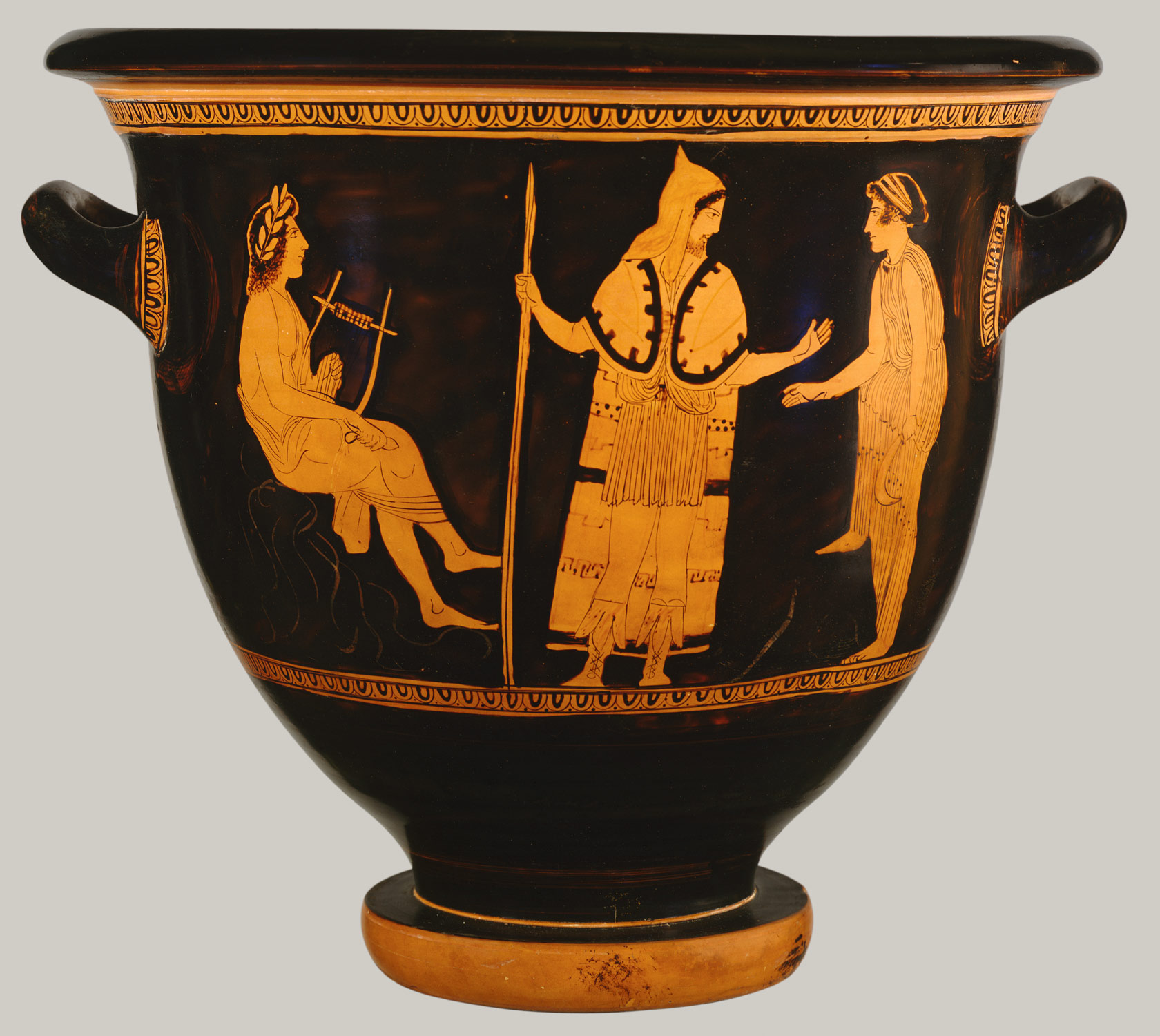GRADES 1-2 DAILY "BELL WORK" FOR QUARTER 2 WEEK 4
 Caspar David Friedrich
Caspar David Friedrich
GRADES 1-2 DAILY "BELL WORK" FOR QUARTER 2 WEEK 4
Caspar David Friedrich
|
The Grosse Gehege near Dresden
The Grosse Gehege near Dresden
|

Caspar David Friedrich
Giant Mountains (View of the Small Sturmhaube from Warmbrunn)
Caspar David Friedrich
Giant Mountains (View of the Small Sturmhaube from Warmbrunn)
After bell work, students use sketchbooks for more extensive, ongoing projects.
All students complete "bell work" at the start of each class before any other instructions are given. As soon as students are seated, they are to immediately put pencil to paper and begin drawing the image projected before them; no questions, no comments; no distractions.
****(Kinder will begin doing bell work near the end of second quarter)
All attention is focused on looking carefully and recording what students SEE.
This is SILENT work time. Students are working independently, although I often interject with some guidance and state simple parameters. Students are graded primarily on their efforts and participation, not entirely on the outcome of their drawing.
After drawing, we have a brief class discussion to learn more about the artwork. We make some guesses at to what the work may be about; what the story may be behind the work. We THINK about how the artist used line, color, shapes, etc. to communicate meaning and emotion. We discuss how we may not all respond to the art work in the same way.
The final step in our Bell Work exercise is to ask ourselves more questions about the art work. We WONDER what the artist intended to communicate. This is where Ms. Northway may need to do some research to share what she learned about the artist and her/his life experiences.
I typically show students three artworks by the same artist. In this way, they become familiar with the style of a particular artist, and often can recall the artist's name. All of the children's drawings will be glued into small weekly/bi-weekly books to bring home.
PLEASE KEEP YOUR CHILD'S WEEKLY BOOKS IN A SAFE PLACE (and ordered in a BIG 3 RING BINDER) SO YOU CAN SEE GROWTH THROUGHOUT THE YEAR.
UPCOMING "BELL WORK" FOR Q2 WEEK 5:
Jean-Francis Millet
The Angelus (1857-1859)
Jean-Francis Millet
The Gleaners (1857)
Jean-Francis Millet
The Sower (1850)
K-3 PROJECTS: WEEK 5
Elements of Art - Value, Color
Project: Painted copy of Caspar David Friedrich's Wanderer Above the Sea of Fog
I created a "coloring sheet" of Wanderer Above the Sea of Fog for students to paint.
For the last few weeks, we have been using tempera paint and learning how to mix values with black and white. We then progressed to using color with black and white to mix a tint, tone and shade.

Caspar David Friedrich
Wanderer Above the Sea of Fog
Elements of Art - Line, Shape
Project: The White Shaman Mural - Lower Pecos, Texas
This week, students copied a small, cropped portion of this rock art mural onto charcoal paper, using soft graphite pencils, Conté Crayon, charcoal pencils and Chalk Pastels.
https://www.youtube.com/watch?v=k4noWkREmVs
https://www.youtube.com/watch?v=-w2uf3JnAl8
https://www.youtube.com/watch?v=NhtX-6MzI_c

Project: The White Shaman Mural - Lower Pecos, Texas
This week, students copied a small, cropped portion of this rock art mural onto charcoal paper, using soft graphite pencils, Conté Crayon, charcoal pencils and Chalk Pastels.
https://www.youtube.com/watch?v=k4noWkREmVs
https://www.youtube.com/watch?v=-w2uf3JnAl8
https://www.youtube.com/watch?v=NhtX-6MzI_c
GRADE 2
Project: Greek Vessels
Students began creating their own template of an ancient Greek Vessel. This beginning phase of copying the outline and shape of the vessel has been painstakingly slow. The reward for their diligent efforts will be the decorating phase of this project -- drawing griffins, lions and horses onto their Greek vessels.
Students are learning how to correctly duplicate the correct proportions of the pottery image projected before them, onto their own paper. (following along with their teacher, step by step).
This method of enlarging and copying an image of pottery is achieved by learning how to grid their work surface to accurately enlarge the scale -- while keeping the same proportions.
In the coming week, students will cut out their symmetrical template and trace shape onto good quality paper to decorate with designs inspired by the Corinthian period of Greek pottery.
https://www.britishmuseum.org/research/collection_online/collection_object_details/collection_image_gallery.aspx?assetId=294566001&objectId=399477&partId=1

Project: Greek Vessels
Students began creating their own template of an ancient Greek Vessel. This beginning phase of copying the outline and shape of the vessel has been painstakingly slow. The reward for their diligent efforts will be the decorating phase of this project -- drawing griffins, lions and horses onto their Greek vessels.
Students are learning how to correctly duplicate the correct proportions of the pottery image projected before them, onto their own paper. (following along with their teacher, step by step).
This method of enlarging and copying an image of pottery is achieved by learning how to grid their work surface to accurately enlarge the scale -- while keeping the same proportions.
In the coming week, students will cut out their symmetrical template and trace shape onto good quality paper to decorate with designs inspired by the Corinthian period of Greek pottery.
https://www.britishmuseum.org/research/collection_online/collection_object_details/collection_image_gallery.aspx?assetId=294566001&objectId=399477&partId=1
GRADE 3
Elements of Art - Line (contour drawing practice); Space (overlapping)
Project: Celtic Initials - Inspired by the Book of Kells


All of the students' drawings, or "studies" of ribbons, knots and zoomorphic Celtic animal heads.....are beginning to coalesce into their own Celtic inspired initials.
Elements of Art - Line (contour drawing practice); Space (overlapping)
Project: Celtic Initials - Inspired by the Book of Kells
(Letter T)

(Teacher Demo - Letter C)

All of the students' drawings, or "studies" of ribbons, knots and zoomorphic Celtic animal heads.....are beginning to coalesce into their own Celtic inspired initials.








